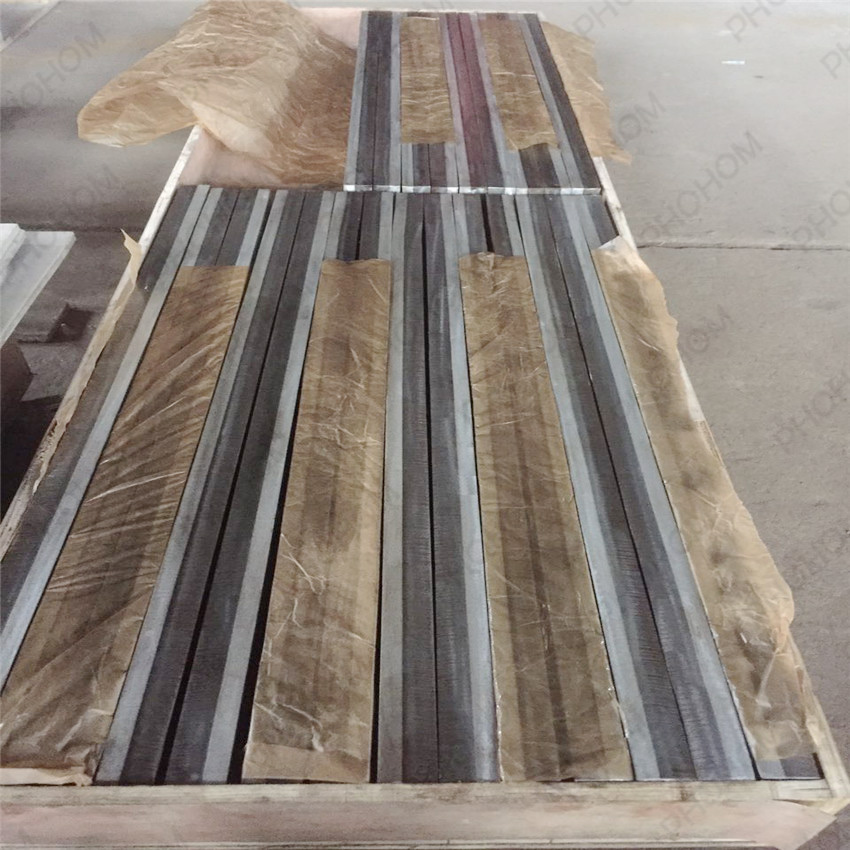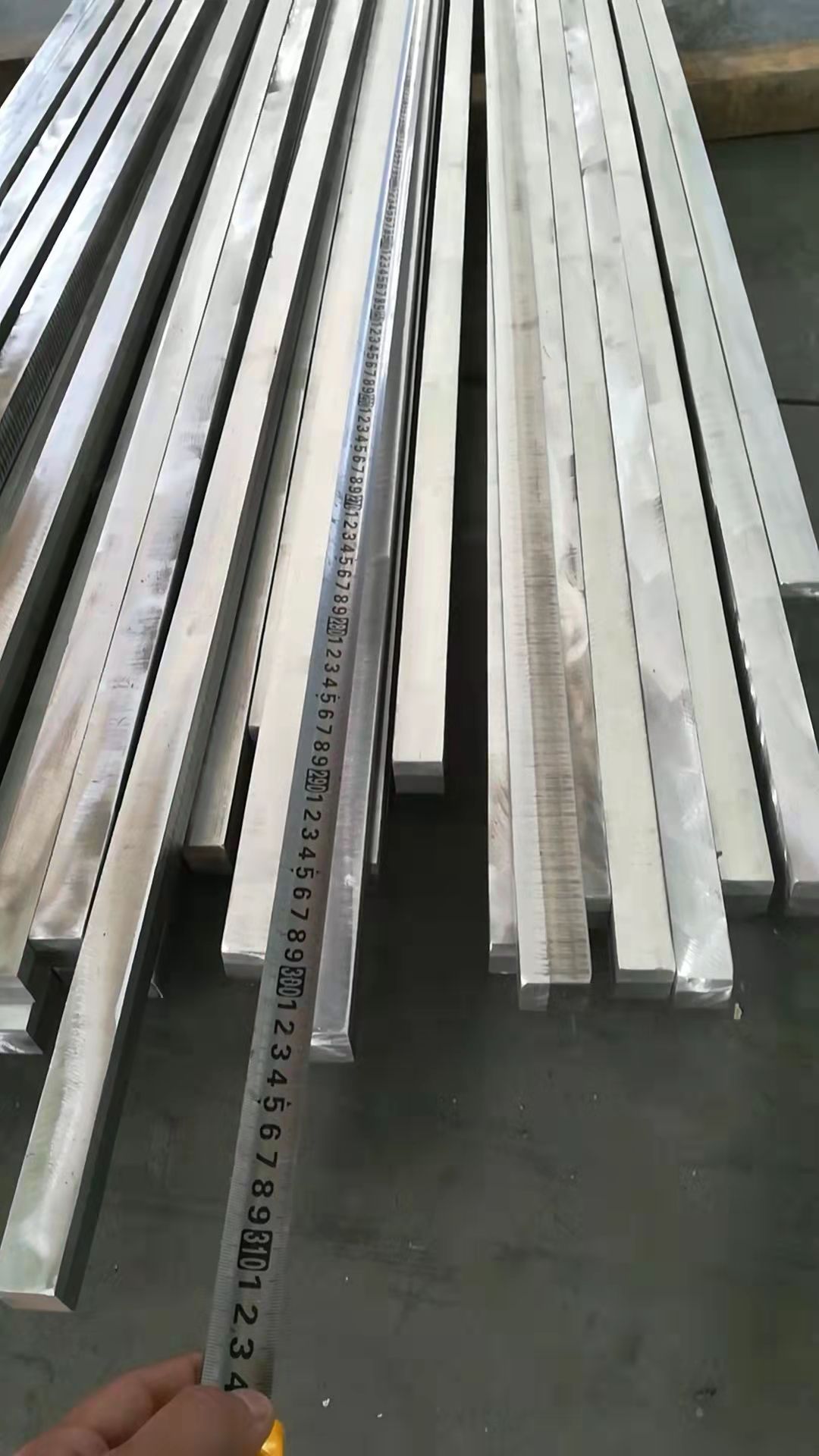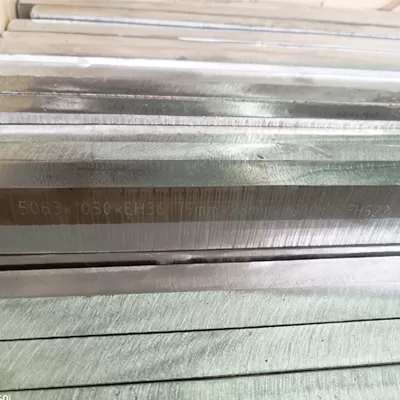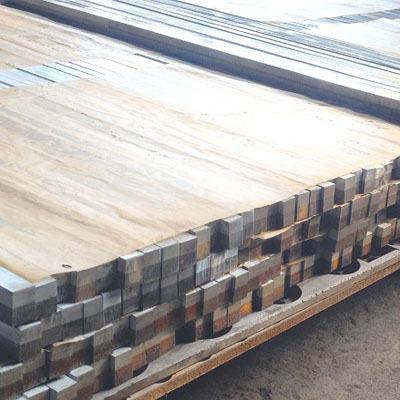Our Aluminum-Titanium-Steel joints enable seamless steel-aluminum welding, offering top corrosion resistance for ships.
- Description
In the pursuit of high-speed ship construction, the integration of lightweight aluminum alloy superstructures with robust steel hulls presents a formidable welding challenge. Traditional riveting or bolting methods, while feasible, introduce complexity, potential leakage points, and limited corrosion resistance, ultimately compromising the vessel's longevity and efficiency.
Our Aluminum-Titanium-Steel structural transition joints offer a transformative solution. Engineered for seamless compatibility, these joints facilitate a solid, continuous weld between steel and aluminum, bypassing the need for cumbersome riveting processes. The welding operation is streamlined, ensuring uniform stress distribution and bolstering the overall structural integrity of the ship.
What truly distinguishes our transition joints is their unparalleled corrosion resistance. Through extensive testing, we've confirmed that these joints possess a natural insulating barrier, significantly delaying the onset of corrosion on the aluminum side unless the protective layer is compromised. This inherent resistance to galvanic corrosion extends the service life of marine structures, reducing maintenance costs and enhancing operational reliability.
Opt for our Aluminum-Titanium-Steel transition joints to achieve a flawless, corrosion-resistant connection that elevates your shipbuilding projects to new heights of performance and durability.
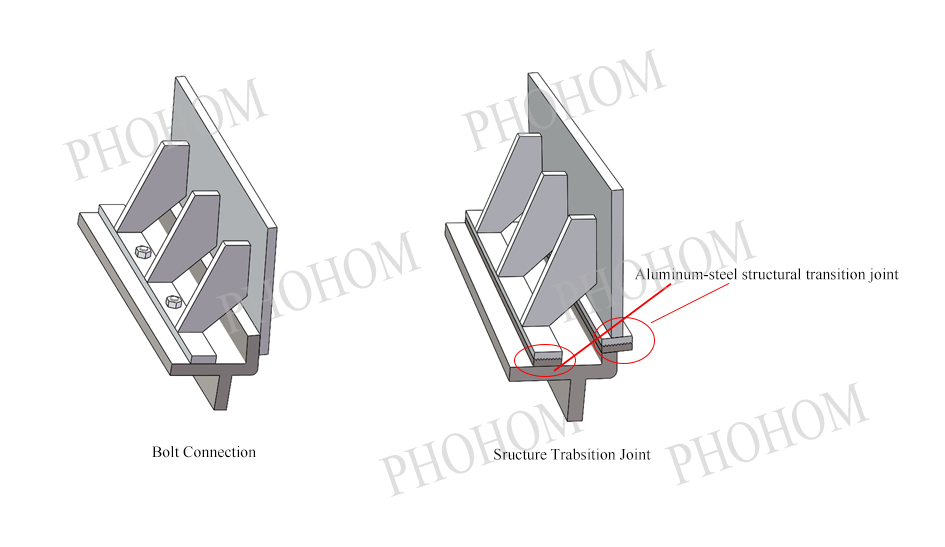
| Products | Interlayer | Pull-of strength | Shear strength | Maximum welding temperature | |
| Aluminum Steel Structural Transition Joint | Aluminum | ≥80MPa | ≥60MPa | 300℃ | |
| Aluminum-Titanium-Steel Structural Transition Joint | Titanium | ≥137MPa | Al-Ti | ≥80MPa | 450℃ |
| Ti-St | ≥137MPa | ||||
